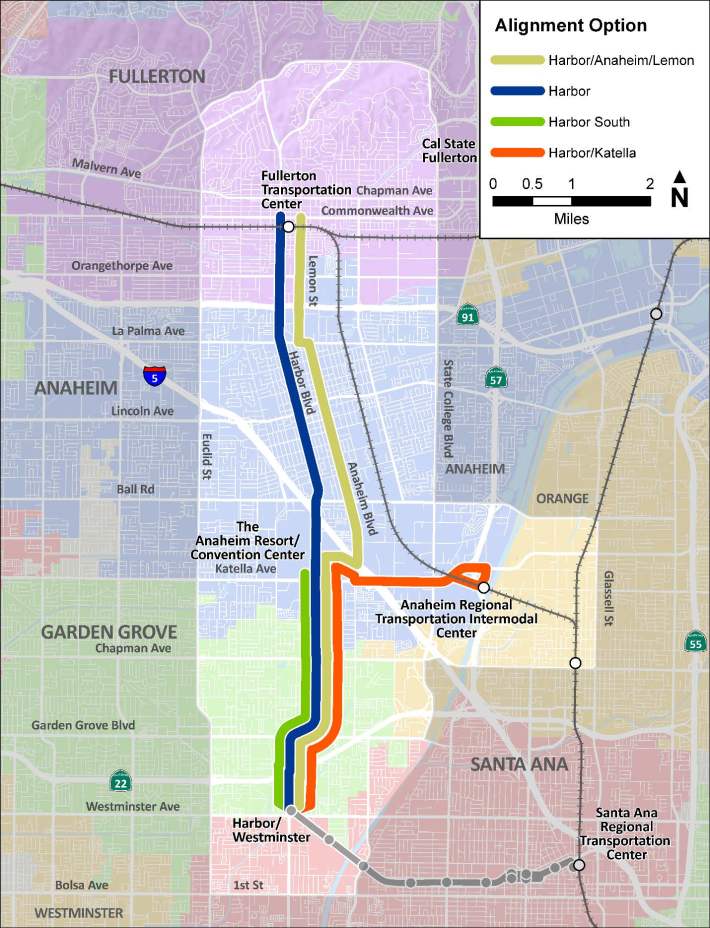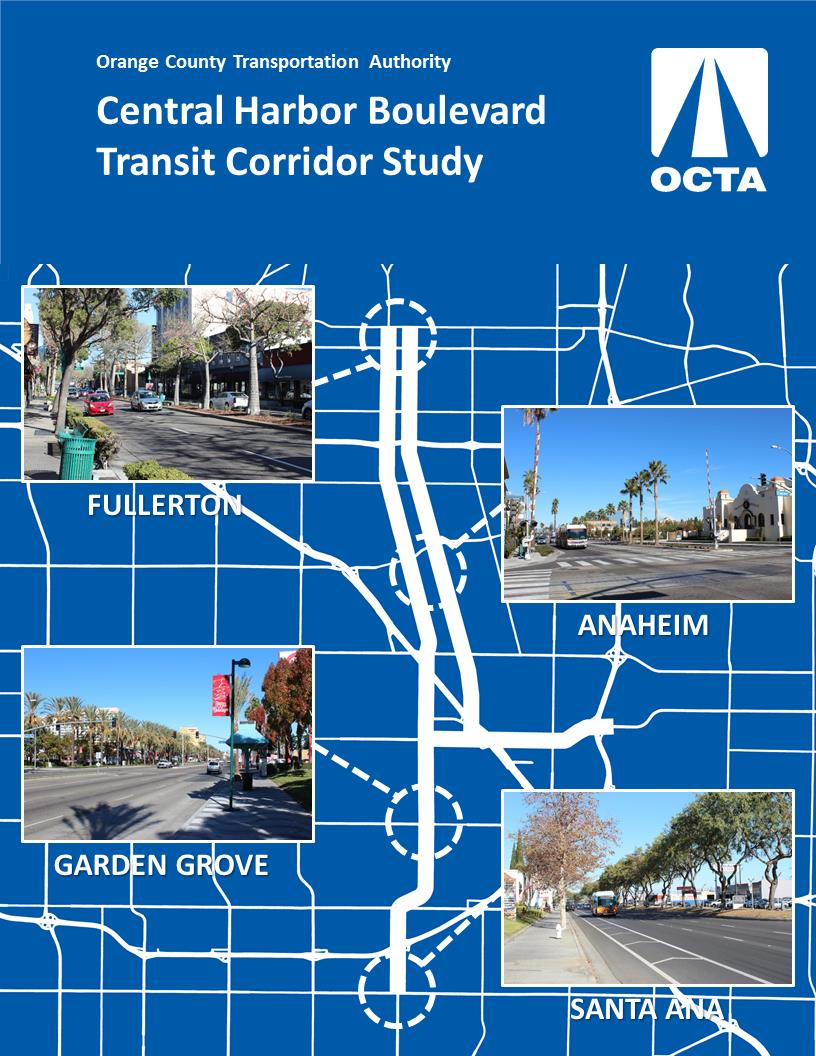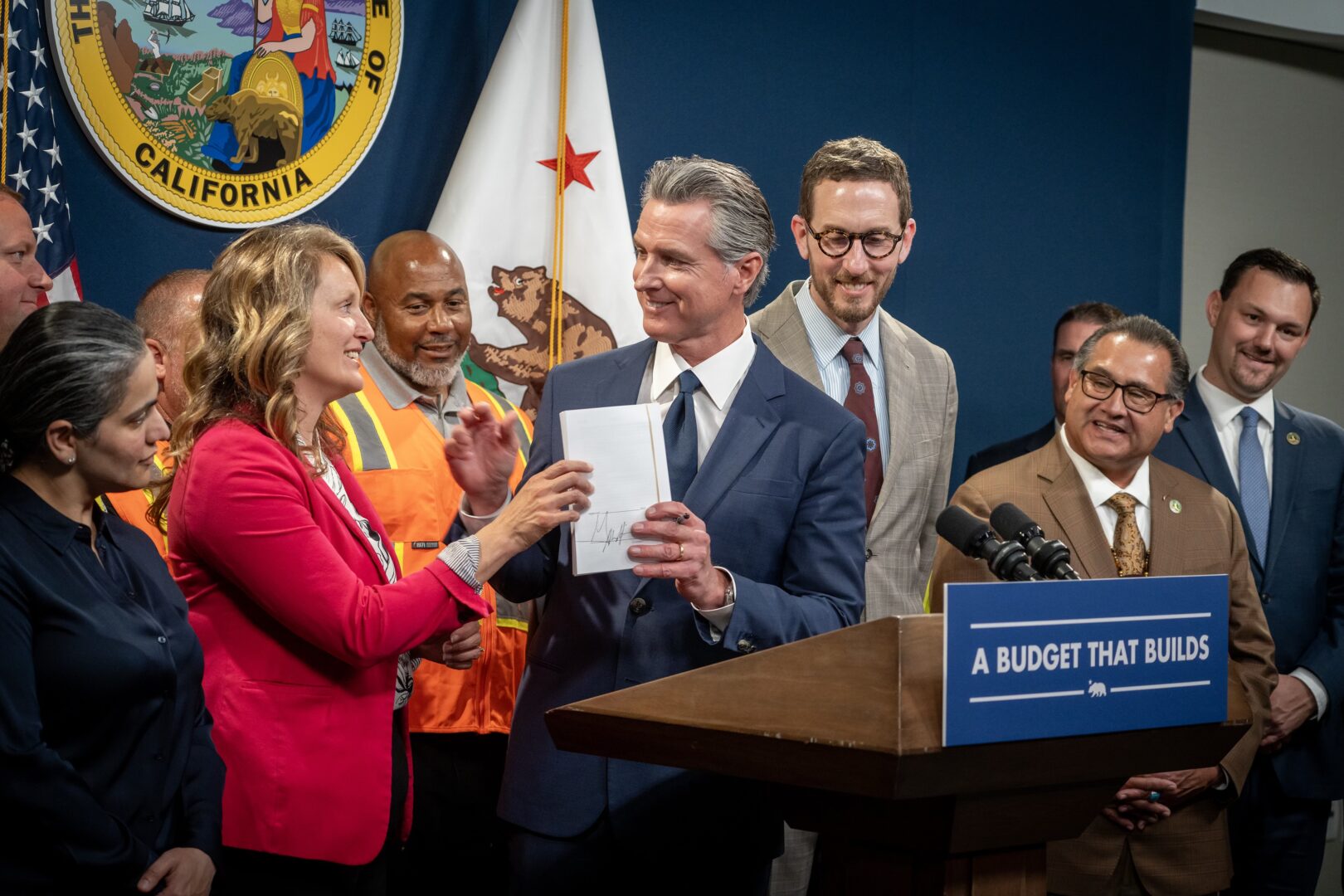The Orange County Transportation Authority’s transit committee unanimously approved staff’s recommendation to end the Central Harbor Boulevard corridor study and instead support incremental improvements to current bus service. The move comes after the Anaheim and Fullerton city councils—two of the four cities in the project area—opposed the streetcar option and any project that would take away a general-use lane for transit.
“The feedback received indicated a lack of consensus among the study area cities regarding the type of transit investments desired and the long-term strategy for this corridor,” said Eric Carlson, OCTA senior transportation analyst.
The OCTA board will take up the issue at its June 25 meeting.
If staff’s recommendation is approved, it would bring a short-sighted end to the three-year study of the Harbor corridor, the busiest north/south transit corridor in the county, along with consideration of progressive and reliable transit improvements, including streetcar and bus rapid transit. The streetcar option would have provided a continuous connection to the OC Streetcar currently being installed in Santa Ana and Garden Grove.
The incremental bus improvements, also referred to as the "enhanced bus option," was favored by the transit committee. They would include several amenities to make riding the bus easier, such as off-board fare collection, all-door boarding, transit signal priority and queue jump lanes, and the use of right-turn-only lanes as bus bypass lanes. While there is no timeline for when these improvements would take place, staff would begin to work on a plan after the board makes a decision, Carlson said.
The "enhanced bus option" would update the Harbor corridor for the better, and be one of the cheapest options at $67 million, but it wouldn’t do nearly enough. According to the January study, OCTA predicted bus ridership with the enhanced bus option to be around 1.2 million. A streetcar could be as high as 3.3 million, and bus rapid transit 3.2 million, at a cost of $690 million and $250 million respectively.
Harbor Boulevard’s high transit ridership makes it ideal for investment. More than twelve percent of the region’s bus riders travel through the corridor; in 2015, OCTA buses averaged more than 12,800 boardings per week on Harbor, 9,200 boardings on Anaheim Boulevard/Lemon Street between Fullerton and Newport Beach, and 4,200 boardings on Katella Avenue between Long Beach and Orange.

The top three options were, in order: streetcar with its own lane, streetcar in mixed traffic, and bus rapid transit with a designated lane. The designated lane options were studied with only half of their routes separated from traffic. The top three options also support a route along Harbor Boulevard: the streetcar options would run from the Fullerton Transportation Center (FTC) in the north to Westminster Avenue in the south (eight miles), and the BRT would follow the same route but end farther south, at MacArthur Boulevard (twelve miles).
Garden Grove and Santa Ana, in January and February respectively, supported extending the OC Streetcar system beyond its initial segment to key destinations along the Harbor corridor. Santa Ana preferred streetcar or rapid streetcar as a better long-term investment, saying that the priority should be to develop a regional transit network. The city also pointed out that the return of the Olympics could prompt the fast tracking of transit projects on the Pacific Electric right-of-way.
But Anaheim doubled down on its continued opposition. While the Anaheim city council already approved a resolution, in January 2017, opposing any streetcar project along the former Anaheim Regional Connector project or along Harbor, Anaheim affirmed its opposition at the April city council meeting with another resolution.
Fullerton also joined in opposition at its January city council meeting, saying that the focus of investments should remain on bus service until there’s “a capacity issue.”
“There were concerns about the cost, safety, and potential traffic impacts of operating a streetcar system,” Carlson said. “And we also heard concerns of using a dedicated transit lane.”
So it seems Fullerton and Anaheim would prefer to keep encouraging travel by car, and the concerns of Santa Ana and Garden Grove are falling on deaf ears.
The end of this study would refocus OCTA’s attention on Bristol Street, a north-south street roughly two miles east of Harbor. That corridor, which runs almost entirely throughout Santa Ana, would run between West 17th Street, Sunflower Avenue near the South Coast Metro district, and John Wayne Airport. This portion of Bristol Street was identified in the OC Transit Vision as a connection to the corridor between Goldenwest Transportation Center and the University of California, Irvine.






